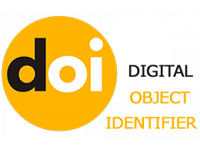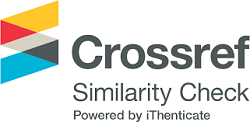Triple-layer Design of YVO4:Eu3+, YF3:Mn2+, and YAG:Ce3+: the Potential for Advancement of Remote Phosphor Structure to Get Better Chromaticity and Luminescence at High Color Temperatures
Abstract
The remote phosphor structure is proven to be better than other structures of conformal or in-cup phosphor in terms of luminous efciency. Nevertheless, its color rendering ability is unstable and difficult to manage at high correlated color temperature (CCT). Hence, improving the color management at high CCT for remote structures is essential. This study will present the triple-layer structures using the yellow phosphor YAG:Ce3+, the red YVO4:Eu3+ and green YF3:Mn2+ phosphors to achieve that control over the color and luminous properties of WLED packages. The results of the triple-layer structure are compared with those of the conventional remote phosphor structure (single-layer). The experiments performed on these two structures with the CCT range of 5600–8500 K. The findings in the study show that the triple-layer is more benefcial to the color rendering metric, color quality scale, and also the lumen output, especially at high color temperatures such as 8500 K, compared to the conventional one. Moreover, the higher color uniformity is accomplished with the triple-layer structure as the color deviation in this structure is much smaller than in the single-layer. Thus, the triple-layer structure can be applied as a replacement to the single-layer to attain better control of the color quality and luminous flux for high-CCT WLEDs.
This is an Open Access article distributed under the terms of the Creative Commons Attribution License (http://creativecommons.org/licenses/by/4.0/), which permits unrestricted use, distribution, and reproduction in any medium provided the original work is properly cited.
Keywords
Full Text:
PDFTime cited: 0
DOI: http://dx.doi.org/10.55579/jaec.202262.332
Refbacks
- There are currently no refbacks.
Copyright (c) 2022 Journal of Advanced Engineering and Computation

This work is licensed under a Creative Commons Attribution 4.0 International License.










